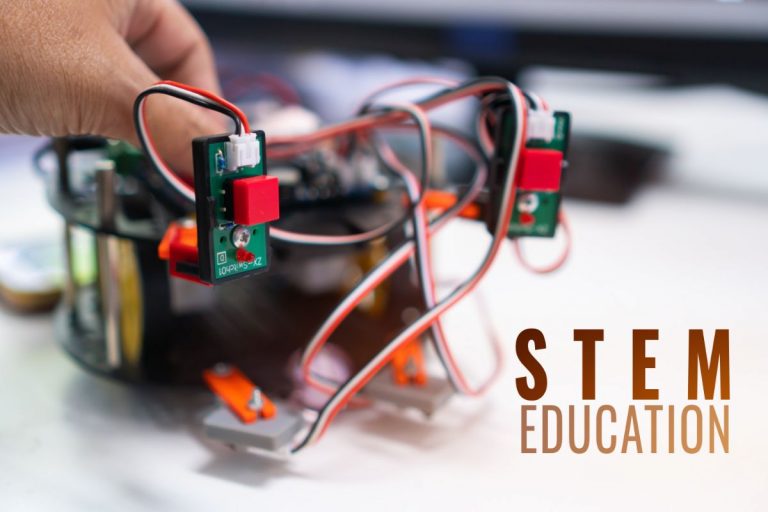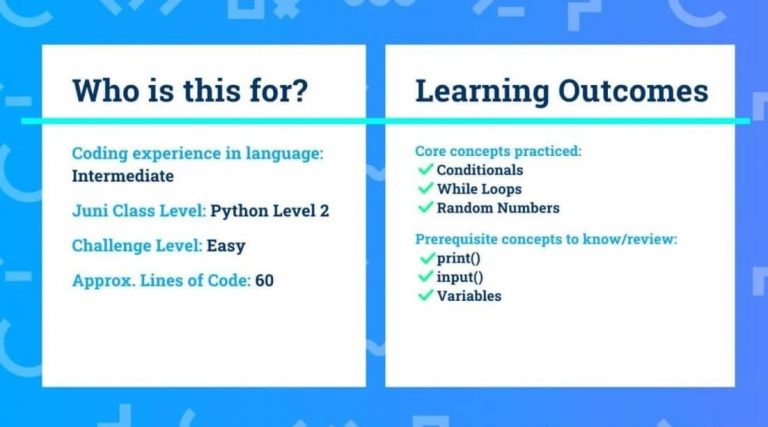Top 10 Military Contributions to STEM
Every Memorial Day we give thanks to all those have served our great nation, particularly those who made the ultimate sacrifice to protect the freedoms we enjoy today. All gave some, some gave all. In honor of our nation’s heroes, we are taking a look at the many civilian technological advancements that were developed thanks to military innovations.
10. Microwave Ovens – While you may not think about how the microwave oven was invented every time you pop a bag of popcorn, this amazing contraption actually traces its heritage back to the radar systems created by the royal air force in the mid-1930’s for air defense systems.
9. Two-way Radios – While two-way radios are no longer considered high-tech, they are a critical tool for first responders, outdoor adventure enthusiasts, and transportation professionals nonetheless. Two-way radios have been around since the 1930’s by the US and Canada to help military units coordinate more effectively.
8. Low Light Video Cameras – When a stranger knocks late at night, low light security cameras can give homeowners some piece of mind. While today this technology is common in many homes, night vision technology was originally created by the militaries in the US and Germany between 1939 and 1940 to allow soldiers to see in low light situations.
7. Space Exploration, Communication and Weather Satellites – The next time you grab your cell phone to call home or flip to the weather channel and see satellite images of a storm, these technologies were made possible by the ballistic missile technology created in the 1940’s by Germany and the Soviet Union.
6. Nuclear Medicine – Today, diseases are diagnosed and treated thanks to advanced technologies such as MRI’s, CT Scans, and Chemotherapies. These incredibly valuable life-saving tools are possible because of the scientific experiments performed by the US, UK, and Canada for nuclear weapons designed for large-scale destruction.
5. Digital Cameras – It’s been many years since the drive-through kiosks of Fotomat where a common sight. Today, we grab our digital cameras, cell phones, or tablets when we want to capture one of life’s important moments. However, the convenience provided to families by digital cameras was originally created by the US Military in the 1960’s for spy satellites in order to eliminate the need to recover deorbited film canisters.
4. Duct Tape – For better or worse, duct tape is the go-to multipurpose adhesive to an almost limitless list of quick fixes at home or in the car. Duct Tape has been fixing messes since 1942 when the US created this sticky, waterproof miracle for the US Military to use for sealing ammunition cases.
3. Jet Airplanes – In the words of John Denver, more people than ever are leaving on a jet plane, helping to make the world a much smaller and diverse place for us all. The modern jet age is rooted in the technology created by Germany and the Royal Airforce in the 1940’s for military use as fighter jets and bombers.
2. GPS – Many young people today will never know the struggle (or dangers) of trying to drive while reading a map or printed directions. However, this was how we were able to navigate before the turn-by-turn directions made possible by GPS. It’s hard to imagine a world without GPS any longer, but originally satellite navigation was created by the US and Soviet Union during the 1970’s to improve the accuracy of nuclear warheads.
1. The Internet – The internet now connects the world, puts more information in the palm of our hands than most people were exposed to in a lifetime 100 years ago, and makes modern activities such as online banking, e-commerce, and more possible. More than half of all people on earth have access to the internet.
As common as internet access is today, it owes its success in large part to the groundbreaking work done by the US, UK, and France, in the 1970’s. The internet started as a way to build a reliable network to connect multiple military and government local area networks. It was later expanded to connect educational and research institutions around the world before gaining widespread use by individuals.

![The Future Depends on STEM [Infografic]](https://thestemstore.com/blog/wp-content/uploads/2022/10/future-depends-stem-768x512.jpg)




